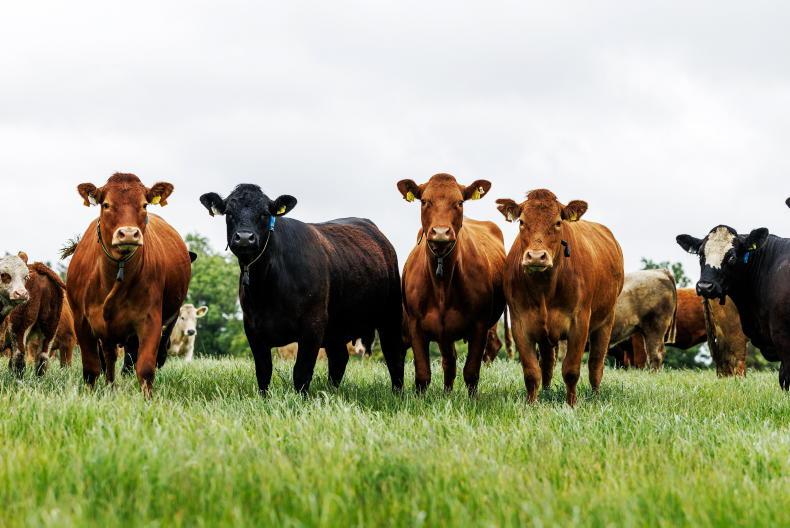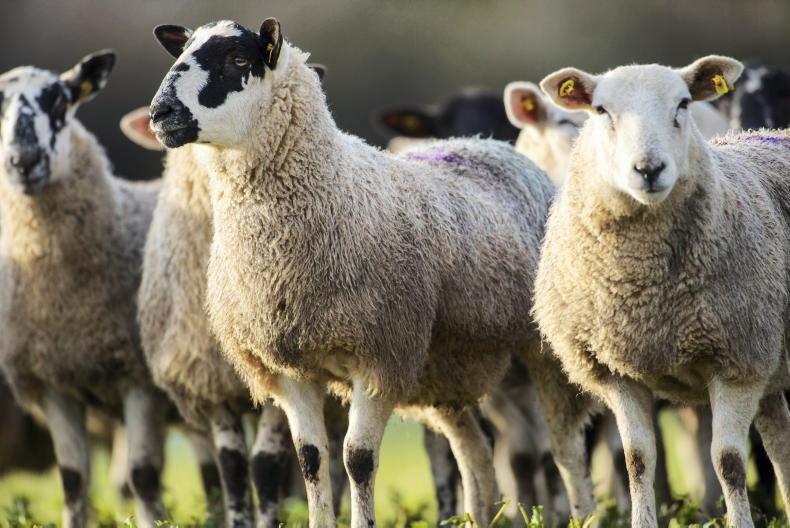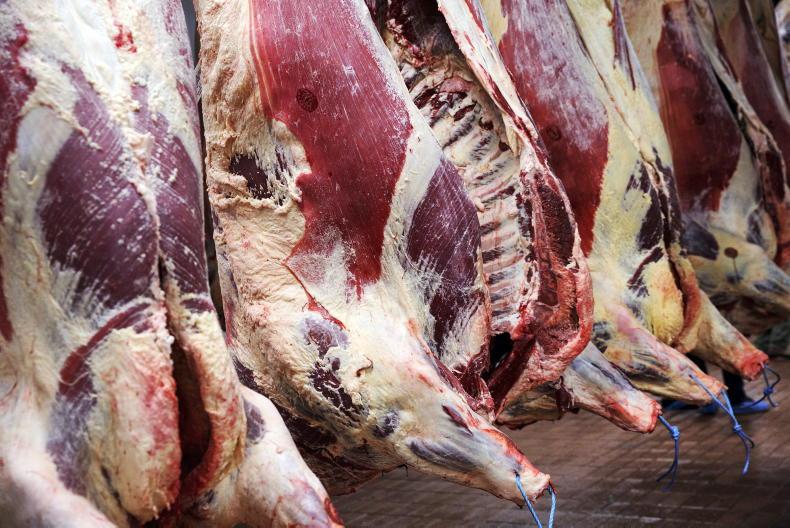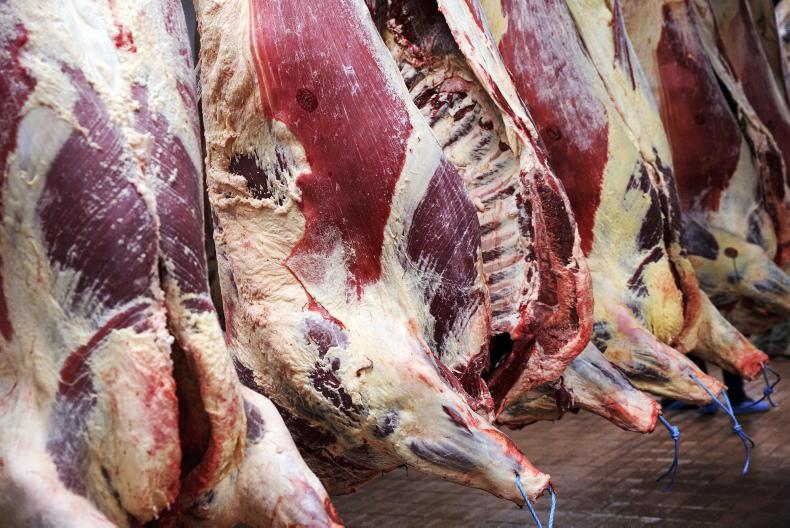The end of February normally marks the time when Tullamore Farm bulls step it up to ad-lib feeding with about 100 days left before the 2022-born bulls hit 16 months.
There is no room for error in an under-16-month bull system and bulls need to hit their targets at all stages to make sure they meet their target weight and fat cover by 16 months of age.
The breeding policy on Tullamore Farm has been to focus on maternal traits, as we drove the replacement index of the herd since the project started in 2017.
Improvement
Two years ago, we started to focus a little more on carcase weight, as this was an area where we wanted to see improvement in the performance of animals. The average carcase weight sub-index of the herd is 14kg, which is a little below where we would like it to be. This meant being a little more detailed in choosing bulls for the 2021 and 2022 breeding season.
We still wanted to use bulls with a high replacement index, but we wanted these bulls to be more balanced for terminal traits.
The farm has struggled to lift the carcase weight of the young bulls slaughtered beyond 380kg, but hopefully with the increased focus on carcase weight, this will improve further in the next few years.
Sell now or finish
The question arises every year around whether the farm would be better sell the bull calves as weanlings, store bulls or go the whole way and finish, as we have done in other years.
Because the farm breeding policy is focused on more maternal genetics, it means we don’t have the “top of the pops” weanlings that are currently hitting close to €4/kg.
Our weanlings feed into U grade cattle every year.
However, at this stage, they would probably be classed as good R grading cattle and if brought to a mart in the current trade would probably end up around €3/kg to €3.30/kg.
Average price for 450kg-plus bulls this week on the MartBids analysis comes in at €3.10/kg.
There are probably bulls on the farm that would make more than this, but there are also plainer bulls that would make less.
We have factored in €20/head of a cost in getting the bulls to the mart and another €20 in commission charges.
The bulls are just stepping up to the ad-lib phase around now and will consume approximately 1t of concentrates over the next 100 days.
The current costs of the finishing ration on the farm is €420/t, so a meal cost of €420 is in the budget.
Bulls will also consume silage or hay during this time and will be bedded on a straw lie-back area, so a cost of €20 is included to cover forage and bedding.
Health costs for dosing and testing come in at €20/head, while fixed costs have been factored in at €50/head.
Crystal ball exercise
A cost of €100/head has been included to cover labour costs for the next three months. Finally, a cost of €40/head has been included in transport and killing costs.
If we take the average carcase weight over the last number of years, it has ended up around 380kg carcase.
Price is a somewhat crystal ball exercise, as we have no idea where price will be come May or June 2023, but if we factor in the current beef price, we should be around the €5.50/kg mark.
Finished cattle numbers are expected to stay tight, so beef price should stay in a solid position for the next few months.
A 380kg carcase at €5.50/kg will come into €2,090/head gross and €2,050/head net of costs.
The total cost of getting the bull to this point is €1,992/head, so that leaves €58/head when all costs have been counted.
The margin is extremely tight and leaves no room for error along the way.
Margin
Farm manager Shaun Diver feels a lot of the hard work has been done with the bulls and he would like to see the bulls finished on the farm.
In terms of making comparisons for the project, it probably makes sense to finish them and compare performance with other years.
If we could manage to drive another 20kg of carcase weight out of the bulls, it would add another €110/head to the bottom line, so hopefully we can increase carcase weight in 2023.










SHARING OPTIONS